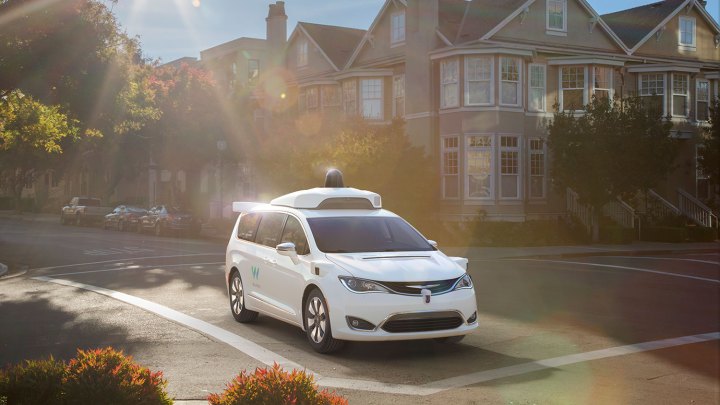
The top tech companies are in a furious race to bring the first truly driverless cars to the mass market and, in doing so, change transportation forever. Self-driving cars have been tested in all sorts of conditions, but the complex algorithms behind the technology have yet to conquer one of the most baffling challenges — our urban infrastructure. Waymo, the project founded by Google’s parent company Alphabet, is trying to take the lead.
It’s a big gamble though, with three out of four Americans doubting that fully autonomous cars are safe. One high-profile incident could quickly sour public opinion on the technology, setting it back years.
The normally secretive Google recently gave the Atlantic exclusive access to one of its testing facilities. The 100-acre fake town is named after the Castle Air Force base near the town of Merced. To call it a “city” is a bit misleading — all that matters is where the rubber meets the road, literally. There are no buildings in the testing area, just roads, driveways, and intersections.
The team tries to recreate situations the robot cars are likely to encounter in real-life environments, such as one-way traffic and a bike lane next to parallel parking spaces. “I was really keen on installing something with parallel parking along it,” Steph Villegas, a program manager for Waymo, said. “Something like this happens in suburban downtowns. People are coming out of storefronts or a park. People are walking between cars, maybe crossing the street carrying stuff.”
In addition to what Villegas calls “props,” some tests also involve humans, also known as professional pedestrians. Is it difficult to do your job while worrying about being run over by a robot? “We just have to learn to trust,” Cassandra Hernandez, one such pro, said.


